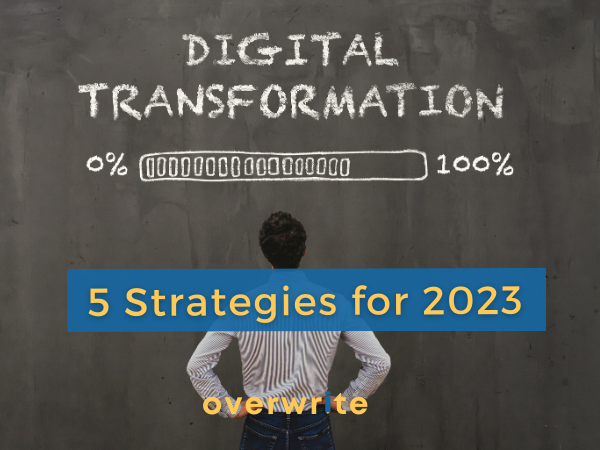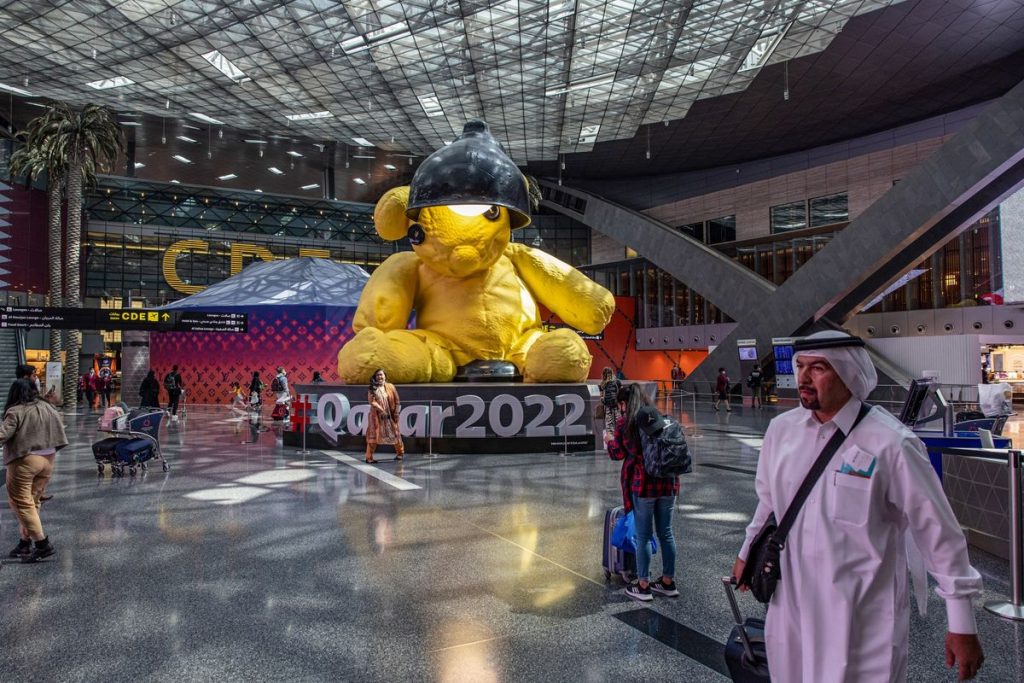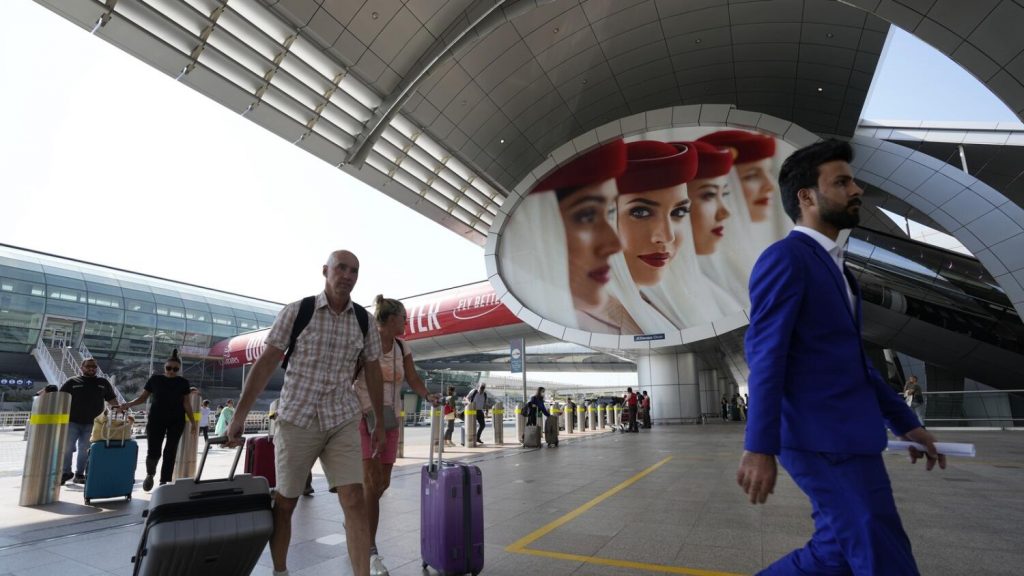Even if you aren’t actively working on digital transformation (DX), you’re probably thinking about it or hearing others talk about it.
Driven by the pandemic and emphasised by the rising economic instability, DX adoption has exploded in the past few months.
According to a McKinsey study, nine out of 10 businesses think that their business model needs to change in 2023 and over half believe that they need to build new digital businesses to remain economically viable.
It’s not only the uncertainty and rising living costs making businesses rethink their digital strategy. Shifts in consumer expectations and a focus on sustainability have put further pressure on companies to innovate, and act as advocates for change.
Digital transformation has created a scenario where companies that are fast and agile stand to outlive those that aren’t.
But with so many competing priorities, how does one decide where to begin? Experts say, start with the basics.

Dust off your data
Before you even start to look at bringing in new technology, you need to inform your decision-making by gathering the right data. Many companies still struggle with disjointed or incomplete data and that can lead DX efforts astray.
Start by taking stock of the data you have. You might be collecting a lot of data from different sources that you haven’t brought together, haven’t interpreted and, therefore, you don’t know how to create value out of it. Also look at external sources. In some cases, combining data between organisations across the sector can provide insights on consumer trends that you might not otherwise have had.

Once you have clean and sufficient data you can think about which technologies, such as machine learning and AI, will best use it to tackle specific issues.
Invest in core capabilities
Inflationary spikes and a looming recession are making companies think about how to achieve more with less, both in terms of their labour and digital capabilities. Improvements in workforce scheduling, for example, can mitigate issues with labour shortages while automating manual tasks can increase productivity.
Ruben Schaubroeck is senior partner and leader of McKinsey’s digital practice in the UK, Ireland and Israel. He recommends taking an incremental approach, where small changes can lead to big results. “The best organisations take a domain-specific view of data, for instance customer service or digital sales, and think about how they can take an end-to-end view of that use case to show a clear impact on customers and employees.”
We often talk about digital and data teams and reskilling top management, but you also have to think about how you can retrain your workforce more broadly.
On the other hand, companies need to exercise caution about how they build their technical capabilities. While many companies oscillate between buying a single enterprise solution or building a custom solution from standalone tools, the most agile businesses usually do both. They buy into a modern enterprise solution and then use it as the foundation for all the other bolt-on pieces.
Focus on customer experience
While digital innovation occurs across sectors, B2B organisations often lag behind B2C vendors in customer experience. This needs to change.
Experience matters regardless of the type of business you run. Consumers, especially newer generations, can be unforgiving about engaging with brands if the experience isn’t enjoyable and more likely to turn away than to stay. Customers often move between different touch-points, from customer services to sales or sales to in-store, and in-store to online.
One way you can build this single customer view is to capitalise on data. Customer loyalty programmes are helping to drive this digital shift. Provided you have the necessary data, you can start thinking about how you can personalise each touchpoint to drive upsells and increase brand loyalty.
Embed digital in your corporate DNA
Digital transformation is often more about the people than the technology behind it. It’s about how you respond to risks and opportunities.

Resistance to change is the most common reason she sees DX projects fail, so it’s important to have the right talent in place. Change management is an underestimated factor in digital transformation and it needs to be a priority.
Where some businesses hire in chief technology officers to manage digital transformation, others are introducing roles such as a chief of data to manage the overall data analytics infrastructure.
Looking beyond hiring, it is vital to invest in upgrading the digital competencies of your overall workforce, at scale.
Practise good digital hygiene
Sustainability, resilience, cybersecurity and risk management are often afterthoughts in the process of implementing new digital solutions. But these elements need to be included at the beginning to build a lasting digital solution.
Does your solution allow you to be more agile in times of uncertainty? Do you have a disaster recovery plan should one of your data centres fail? Do you have a good data governance policy in place which informs your employees how to collect and use data? If the answer is no to most of these questions, you still have some ground-level work to do.
Living and breathing digital evolution

Digital business transformation is a holistic approach to changing the way an organisation thinks, organises, operates and behaves. The digital strategy, in this sense, should be a living, breathing thing that evolves alongside the business.
But embarking on the DX journey requires caution. Trying to do too much too fast or doing nothing at all can both cost dearly.
Instead, examine the overall business goal to see what emerging technology, whatever your industry, can help achieve it.
This column does not necessarily reflect the opinion of overwrite.ai and its owners.
Natasha Serafimovska writes for Raconteur.
This story has been published from an article in Raconteur published on 29th November 2022.
For informative and light-hearted news and views on the world of real estate, follow overwrite.ai on Instagram and LinkedIn, and keep up-to-date with our weekly NewsBites blog.
overwrite.ai | the AI writing assistant for real estate | Sign up for your Free 7 Day Trial.














